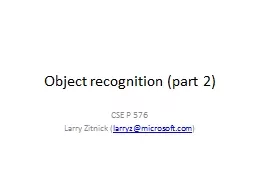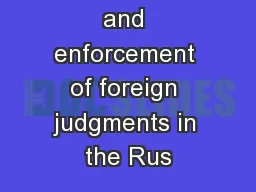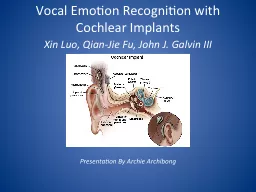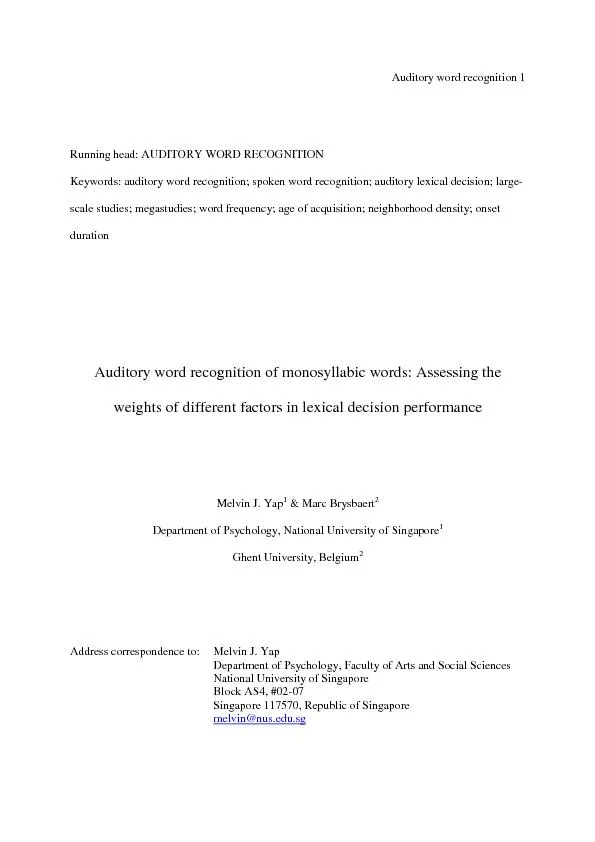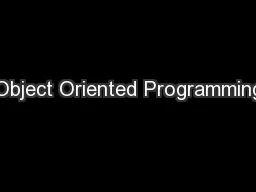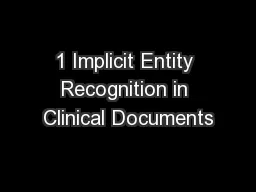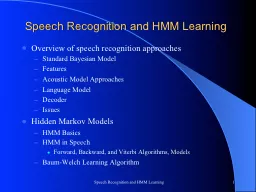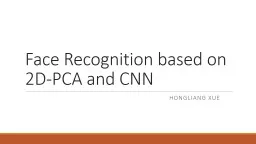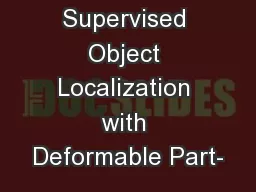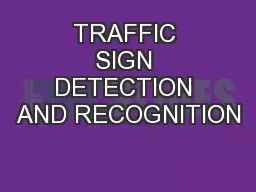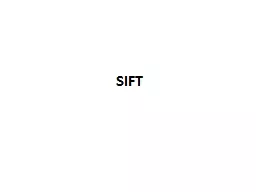PPT-Object recognition (part 2)
Author : kittie-lecroy | Published Date : 2015-09-26
CSE P 576 Larry Zitnick larryzmicrosoftcom Nov 23rd 2001 Copyright 2001 2003 Andrew W Moore Support Vector Machines Modified from the slides by Dr Andrew W Moore
Presentation Embed Code
Download Presentation
Download Presentation The PPT/PDF document "Object recognition (part 2)" is the property of its rightful owner. Permission is granted to download and print the materials on this website for personal, non-commercial use only, and to display it on your personal computer provided you do not modify the materials and that you retain all copyright notices contained in the materials. By downloading content from our website, you accept the terms of this agreement.
Object recognition (part 2): Transcript
Download Rules Of Document
"Object recognition (part 2)"The content belongs to its owner. You may download and print it for personal use, without modification, and keep all copyright notices. By downloading, you agree to these terms.
Related Documents

